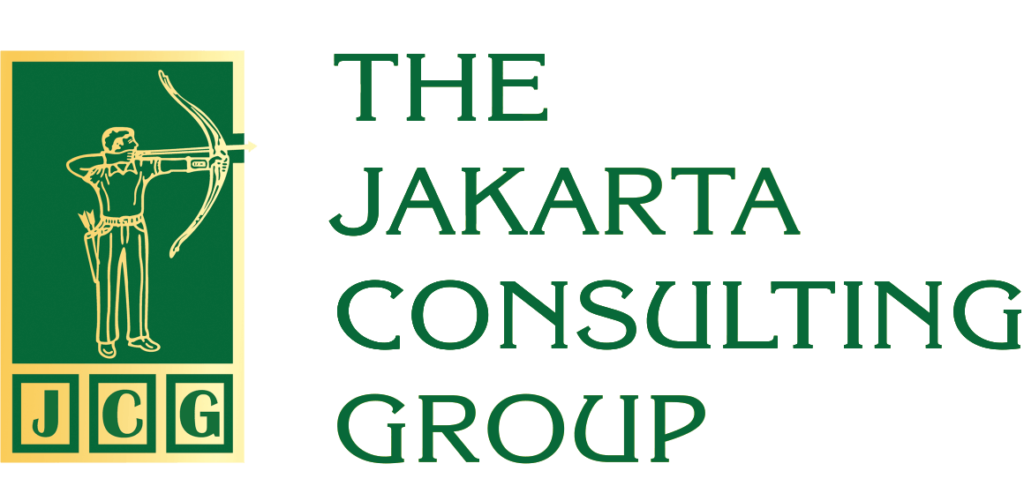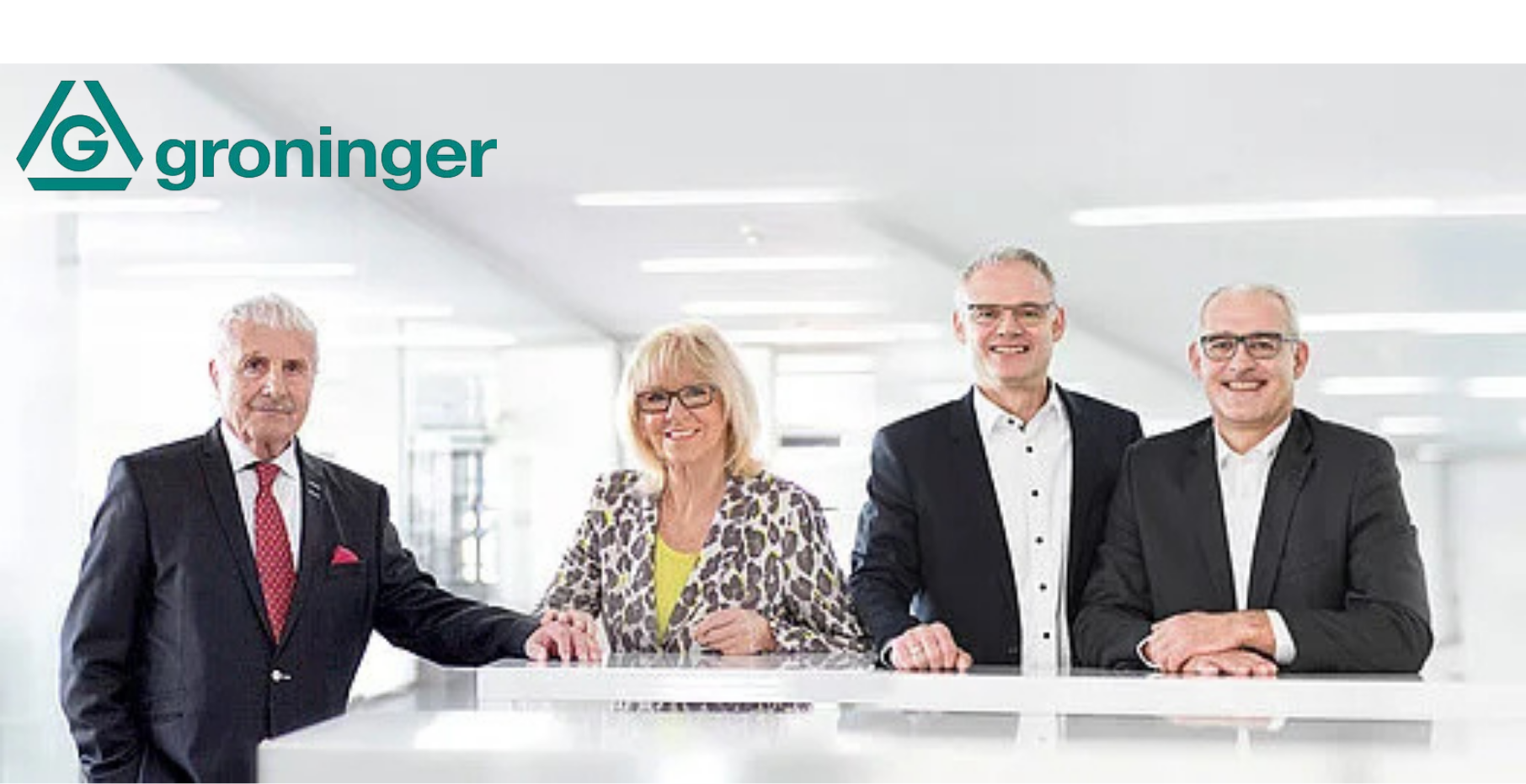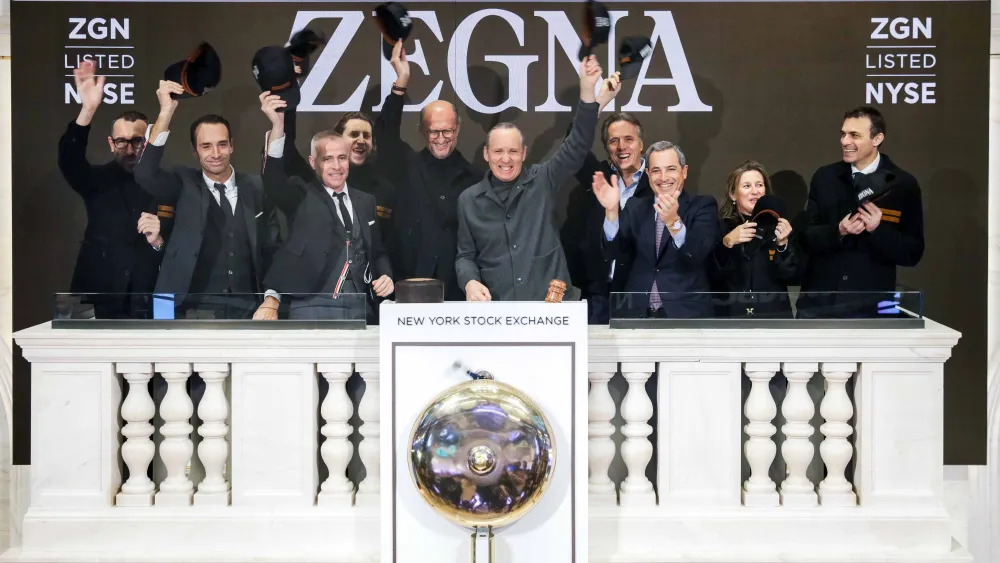In the midst of an ever-changing business landscape, modernizing the workplace is no longer an option, but a necessity. From digitization, business model innovation, automation, artificial intelligence (AI), to changing consumer preferences—all of these demand that companies, including family businesses, adapt.
However, this adaptation process does not always run smoothly. Often, modernization efforts actually trigger internal tensions. So, does modernization in family businesses more often cause division, or can it actually strengthen intergenerational relationships?
This article discusses how modernization in family businesses can be a unifying force, rather than a divisive one.
Sources of Modernization Conflict
Modernization is not just about following technological trends, but rather a strategy for survival in today’s world of work. For the next generation, modernization is a way to increase efficiency, expand markets, and strengthen competitiveness. For example, traditional grocery stores can switch to e-commerce, or family factories can adopt smart manufacturing to reduce production costs.
Despite its benefits, modernization often sparks heated debate. Some common sources of conflict in the modernization of the world of work include:
1. Generational differences
Differences in perspective between the founding generation (founders) and the next generation are one of the main triggers of friction. The founding generation tends to stick to old ways that have proven successful. They worry that modernization will erode the core values of the business.
Meanwhile, the next generation sees the modernization of the workplace as the key to staying relevant. They often get frustrated when new ideas are seen as a threat. Take a family-owned footwear business, for example. The first generation relies on traditional distribution networks, while the second generation wants to develop a modern retail brand and switch to online sales. These differences nearly divided the family before finally being resolved through mediation.
2. Return on investment
Technology investments often take a long time to show results. This causes concern among family shareholders. They worry that the money spent will be wasted.
3. Fear of losing control.
Modernization may require the family to collaborate with external parties. Some people see this as a threat to the family’s dominance. Changes in market structure can also be a source of conflict in the workplace. Automation can render some traditional positions irrelevant, triggering resistance from family members who occupy those roles.
4. Employee resistance
Resistance to modernization can also come from employees. An example of this is what Hu Yue, the son of a family business owner from Shanghai, China, experienced. He had to deal with resistance from dozens of employees at his factory. Hu’s family business is in paper manufacturing. When Hu first took over, the company was riddled with inefficiencies.
The employees still used outdated work methods. Even to fulfill simple production data requests, they had to spend hours searching through piles of messy documents.
Hu spent months updating the system. He introduced office automation tools and created detailed data sheets so that workers could better record production metrics. According to him, resistance from employees was inevitable. They were accustomed to the old ways, even though they were inefficient. Hu was able to track the source of the problem with his new system, proving that the change brought real benefits.
Modernization as a Family Bond: Requirements and Strategies
Although it has the potential to cause friction in the workplace, modernization can also be a unifying factor if managed properly. The key is a collaborative process and a shared vision. Some strategies that have proven effective are:
1. Carefully planned intergenerational dialogue. Not just ordinary meetings, but also special forums with neutral facilitators to discuss the direction of the business.
2. Combining the founding values championed by the founders with the innovation needed for the future. For example, maintaining “product quality” while adopting “sustainable innovation.”
3. Instead of undertaking massive modernization, try starting on a small scale first. This is to reduce resistance and risk.
4. Educate seniors about technological developments. In this case, reverse mentoring can be done. In this type of mentoring, the younger generation becomes mentors to the older generation, especially in terms of technology or the latest work trends.
Benefits of Family Business Modernization
If successful, the benefits of modernization in family businesses are tremendous. In addition to being a source of pride for the family, modernization will also strengthen the sense of belonging because all generations are involved in modernizing the business and creating a new story that bridges legacy and vision.
Conversely, if not managed properly, modernization can lead to conflicts that result in family and business divisions, blurring the identity of the business, and losing the best people, both family and professionals.
Family businesses with clear governance structures, such as a family council, family constitution, and professional board of directors, tend to be better prepared for transition. Documents such as a family constitution can regulate decision-making mechanisms, investment priorities, and conflict resolution, allowing for a smoother modernization process.
Modernizing the work environment in a family business is not just about adopting new tools, but also about building bridges between tradition and innovation. It can be a source of conflict if forced without considering old values. However, if done through open dialogue and collaboration, modernization can actually strengthen intergenerational relationships.
#modernization #family business #technology trends #strategy #successors #conflict #founders #core values #return on investment #technology investment #market structure changes #automation #vision #reverse mentoring #benefits of modernization









